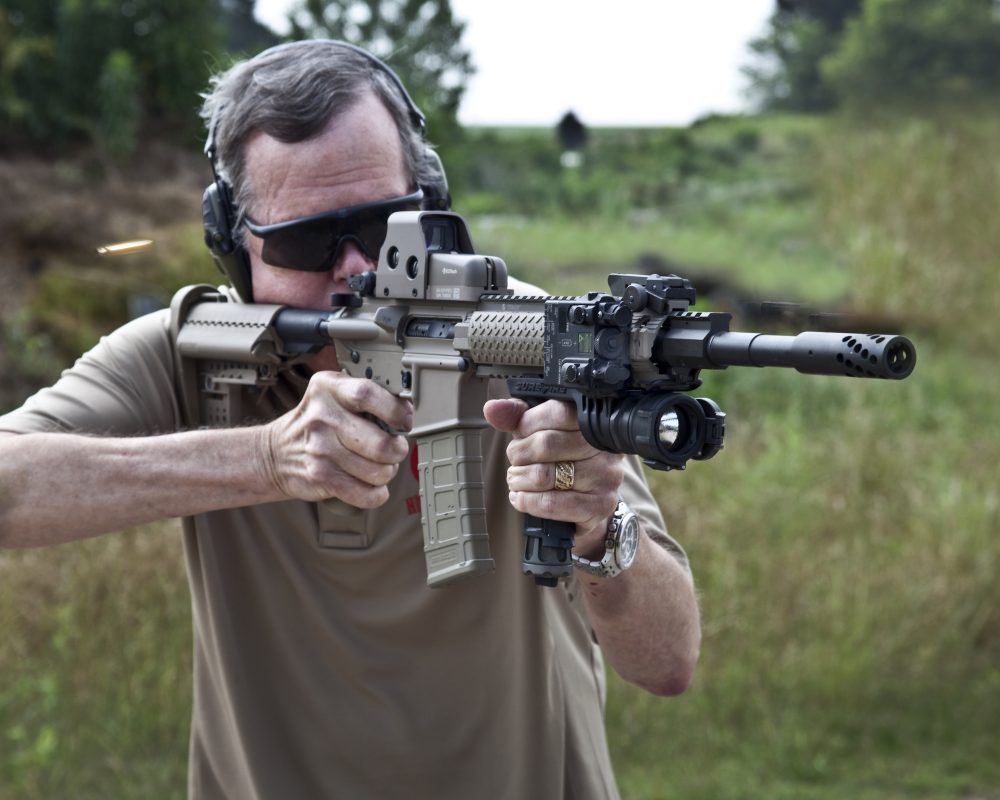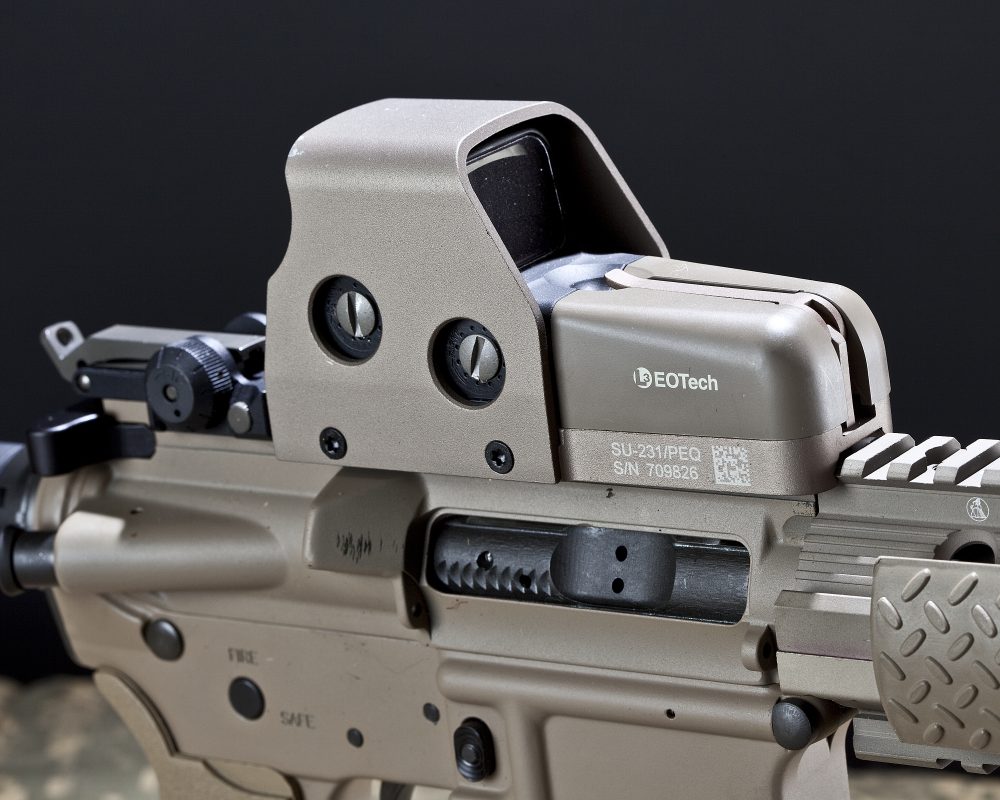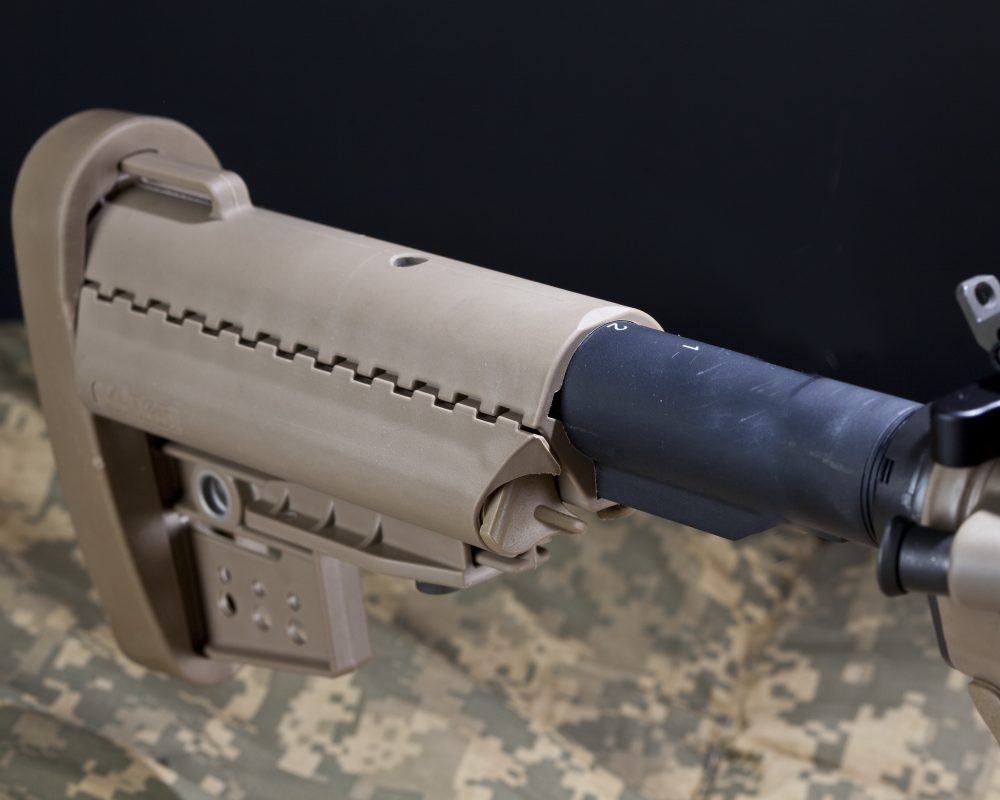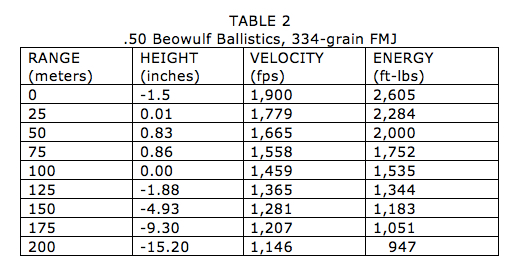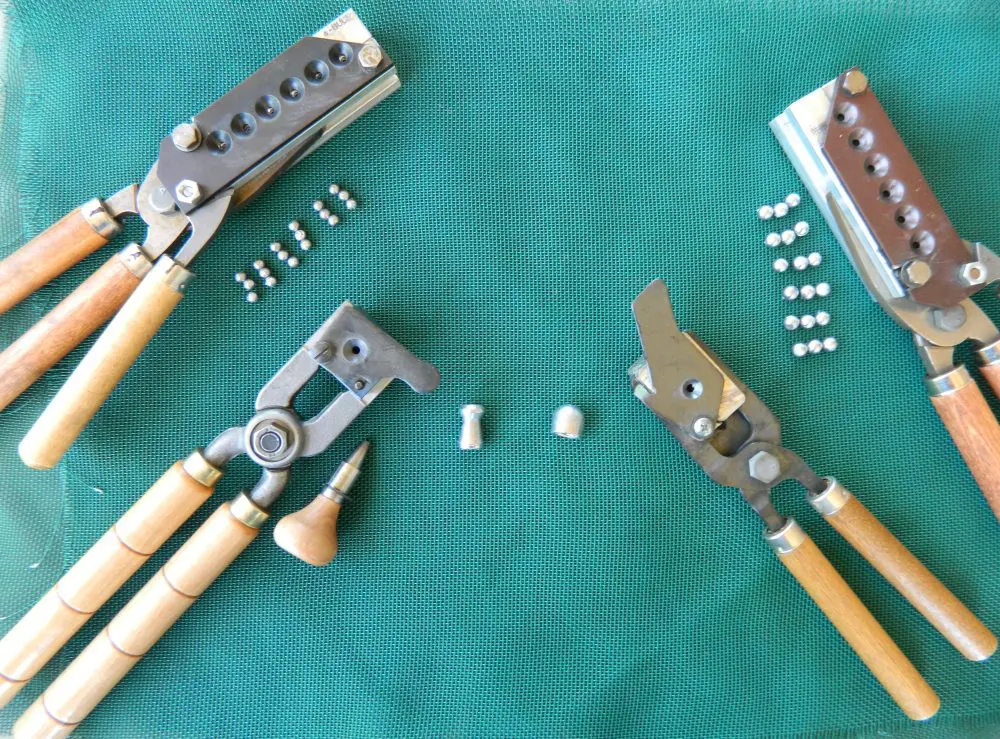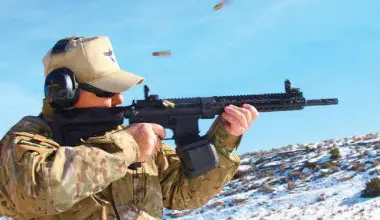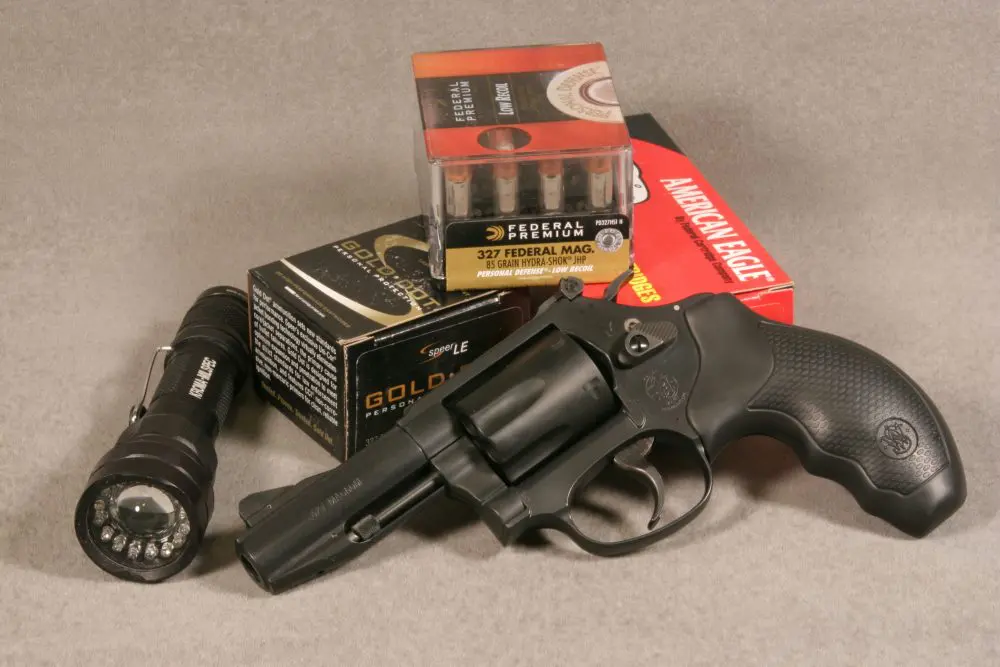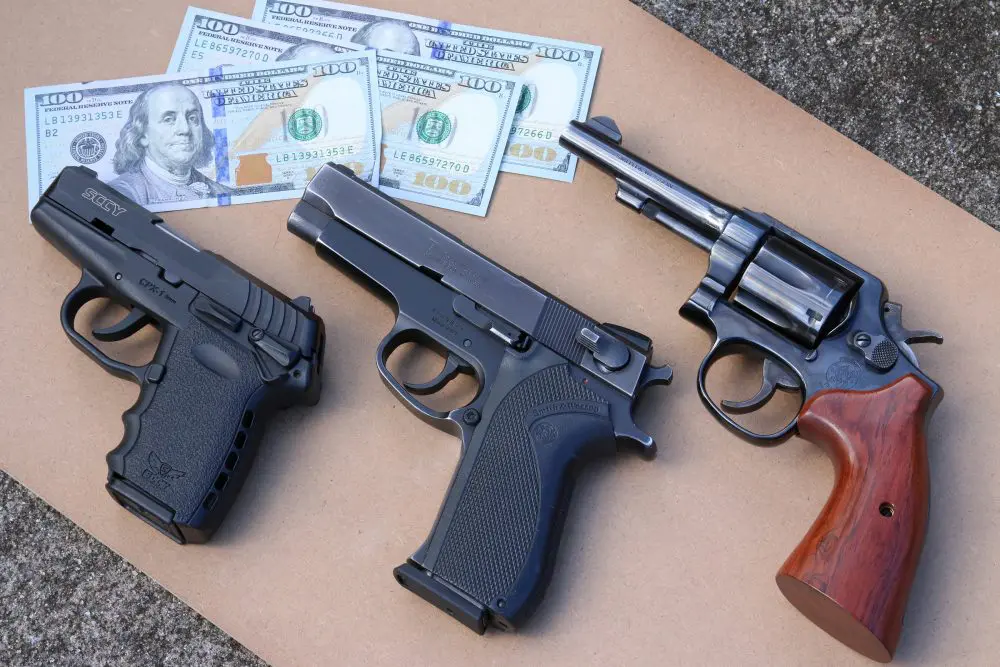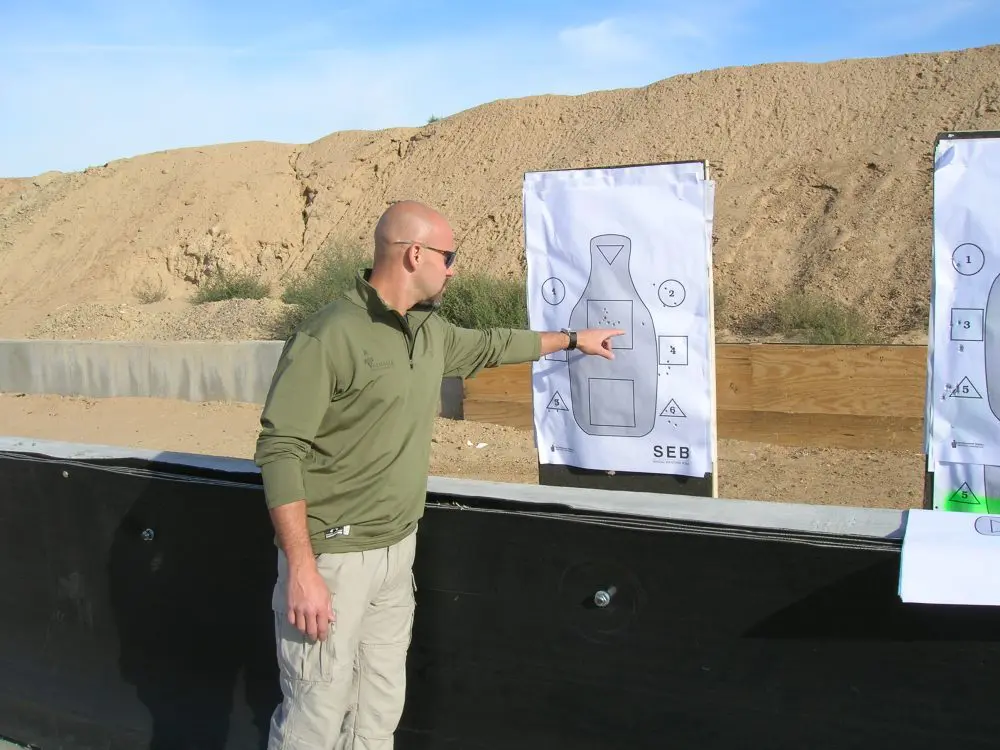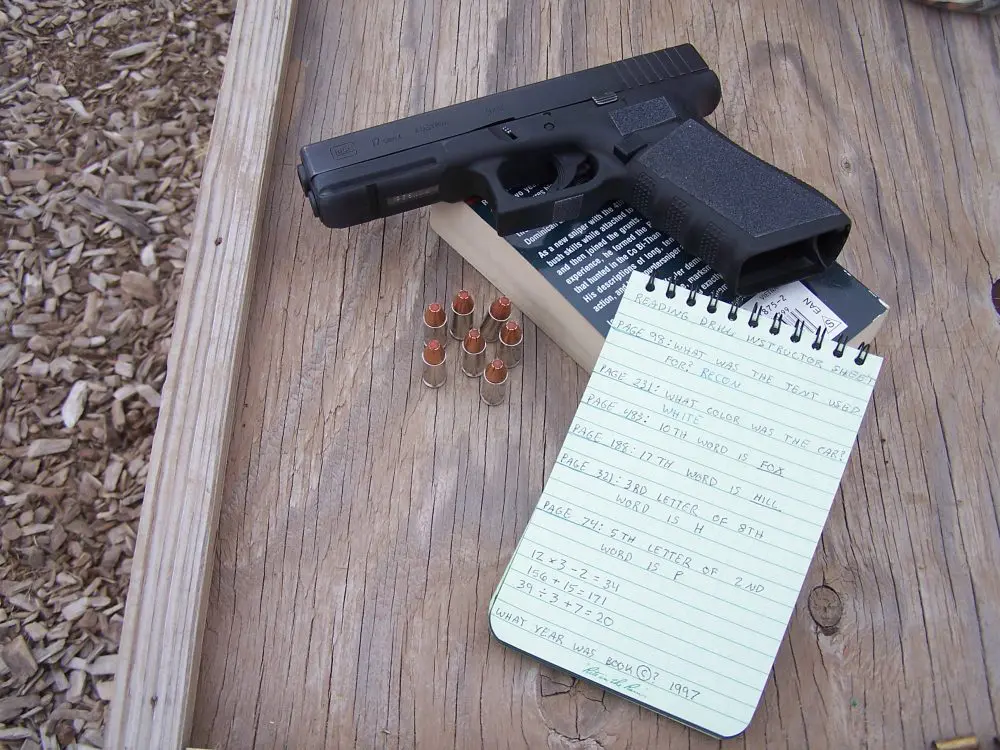Beowulf is the oldest literary work in the English language. It was written in the 11th century and details the exploits of Beowulf, a 6th century Danish hero who comes to the rescue of his country and in the process battles and defeats various monsters and other villains. Beowulf was probably the first superhero.
He apparently was an historical figure, but fact and fiction melded over the years between the historical events and the writing of the epic that bears Beowulf’s name.
What is not fiction, however, is that the .50 Beowulf cartridge and the AR-type rifle that fires it bring a new capability to the popular and adaptable AR and gives the user unprecedented levels of close quarters battle (CQB) performance coupled with absolute reliability.
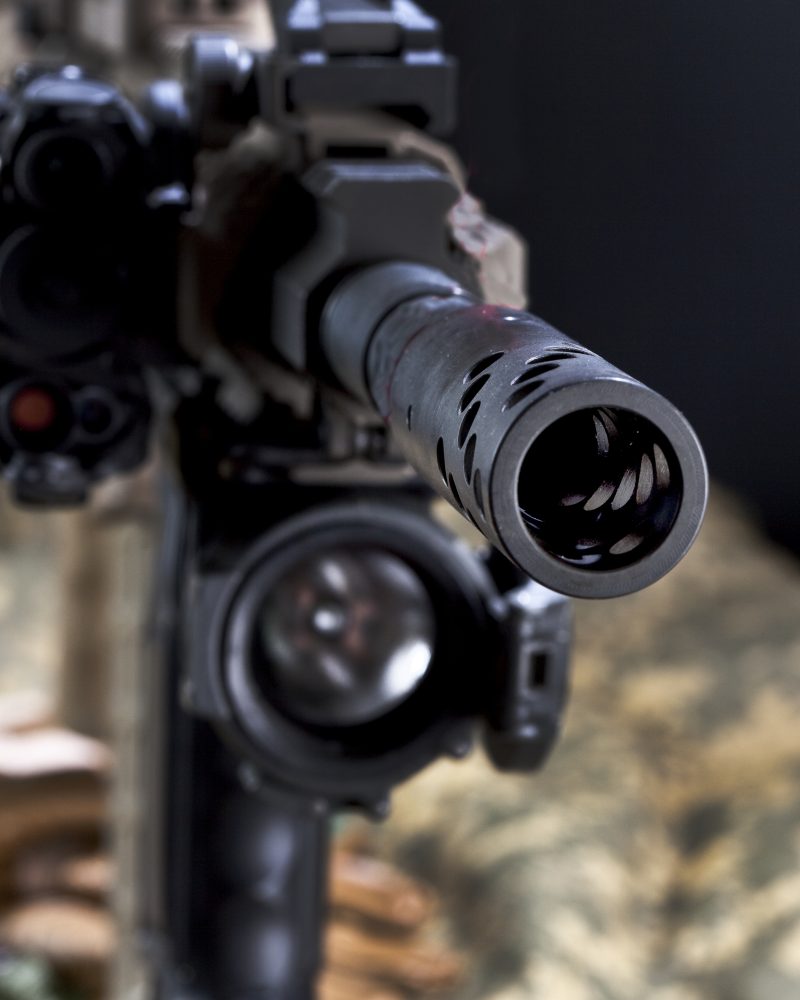
Table of Contents
BEOWULF GENESIS
The .50 Beowulf is the brainchild of Bill Alexander, a British expatriate who now makes his home in Radford, Virginia, where his rifles and upper conversions are manufactured in leased facilities at Radford Army Arsenal.
There have been a number of other large-caliber AR conversions similar in concept to the .50 Beowulf. Most have unpleasant recoil, and this author cannot help but wonder if this won’t ultimately damage lower receivers whose recoil mechanisms were designed for recoil forces and bolt velocities associated with the much smaller .223 cartridge.
To overcome the possibility of damage, Bill Alexander dropped chamber pressures from the 50,000+ psi range of the .223 to about 33,000 psi for his .50 Beowulf. This gives a bolt velocity virtually identical to that of a rifle firing a .223 with recoil forces that are only slightly higher. The .50 Beowulf feels similar to a 20-gauge shotgun—more recoil than a .223, but far less than some similar large-caliber AR conversions.
Cases for the .50 Beowulf are made for Alexander by Starline Brass, which essentially stretches a .50 Action Express (.50 AE) case and rebates the head a bit more to accommodate the smaller AR bolt.
There are a number of loads available for the .50 Beowulf for both sporting and law enforcement/military use. Alexander Arms also maintains dies and reloading data for those who wish to “roll their own.” From the ballistic data in Table 1, it is readily apparent that the .50 Beowulf is unlike almost any other caliber currently available for the AR-type rifle.
BEOWULF IN ACTION
For law enforcement use, the heavy .50-caliber bullet delivers energy levels and capabilities that far surpass those of the 5.56mm or 7.62mm. The cartridge will disable automobile engines by damaging the block and other components within its effective range. It can be used against other materiel targets that would defeat a 5.56mm or 7.62mm. Unlike .50 BMG rifles, the .50 Beowulf is easily carried and emplaced, plus it is far more manageable and easy to shoot.
Optional special tactical version of .50 Beowulf features Predator free-float tube with MIL-STD-1913 rails 90 degrees apart at sides, top and bottom, allowing mounting options such as SureFire M900 Combat Light and Laser Devices DBAL-A2 laser/illuminator.
Since the .50 Beowulf is built on a standard AR receiver, there are no training issues other than recoil management, which should not be a problem. With frangible ammunition, the .50 Beowulf can be used as an entry gun to blow hinges off doors or in areas where ricochets, backsplash and overpenetration are issues.
The muzzle brake performs double duty to reduce recoil and as a standoff device with frangible ammunition. For use against barricaded suspects, the .50 Beowulf will knock huge chunks out of cinderblock or brick walls and literally shatter single concrete blocks. One or two well-placed .50 Beowulf rounds should convince all but the most hardened perpetrators to surrender as their cover disintegrates around them.
For marine use, the .50 Beowulf can be utilized as a boarding carbine capable of defeating steel-hulled small- to medium-sized sea craft. Indeed, the U.S. Coast Guard has been seeking such a weapon, as have several special operations units. Some of the latter, who have requested anonymity, are presently using small numbers of .50 Beowulf carbines.
The large, heavy .50 Beowulf bullet, with its high cross-sectional area and low ballistic coefficient, is not a long-range round. By the time it has reached 300 meters, it has dropped over 54 inches, although it still retains a velocity of 985 feet per second and 725 foot-pounds of energy. The .50 Beowulf’s forte is close range work at distances of 200 meters or less. From Table 2, it can be seen that the drop at 200 meters is some 15 inches, assuming a 100-yard zero. This is easily compensated for by a well-trained individual, who should be able to place rounds onto a human target within the .50 Beowulf’s 200-meter performance envelope.
At CQB distances of 100 meters or less, the .50 Beowulf completely overshadows smaller calibers, although the ballistic performance is offset to some degree by reduced magazine capacity.
While the .50 Beowulf feeds very reliably from standard M16 magazines, capacity is dramatically reduced. Twenty-round M16 magazines hold only seven .50 Beowulf rounds, while 30-round magazines hold ten of the fat Beowulf cartridges. It’s a trade-off that users must take into consideration.
Brass flies as author puts .50 Beowulf through it paces. Carbine functioned reliably and exhibited good accuracy. Although .50 Beowulf feeds from any standard AR magazine, capacity is drastically reduced.
SPECS
The .50 Beowulf carbine is made to military standard, with 7075T6 forged aluminum receivers, and finished to milspec. Alexander Arms manufactures .50 Beowulf rifles and carbines in barrel lengths ranging from 12-inch entry guns with collapsible stocks to 24-inch barrel rifles. All feature A3-type upper receivers with MIL-STD-1913 rails on the flattop upper receiver and gas block. Carry handles with A2-type sights are available as optional extras, as are scope mounts. The felt recoil of a .50 Beowulf without muzzle brake is not so stout as to be painful, but the muzzle brake aids by reducing felt recoil, enhancing control and speeding recovery between shots.
All .50 Beowulf carbines use a mid-length handguard, and Vltor’s Modstock is standard equipment on Beowulf carbines.
Other options include carrying handles, tactical sights that combine an A2-type rear sight with MIL-STD-1913 rail in place of the carry handle, scout rail, brass catcher, scope mounts, cleaning kit and open front sights. Reloading dies are also available, as are various types of ammunition.
The test sample was sent with tan furniture, which I prefer over black. Nothing in nature is solid black, and nature abhors a straight line, so black firearms are becoming the exception rather than the rule in military operations.
There is no dust cover over the ejection port due to the fact that the standard ejection port was enlarged to accommodate the fat .50 Beowulf cases. However, a larger dust cover is under development.
Everything else on the .50 Beowulf is standard AR and should be familiar to any of the millions of American military and law enforcement personnel who have trained and qualified with the weapon. The manual of arms is unchanged.
.50 Beowulf standard carbine can be equipped with any MIL-STD-1913 compatible optic or accessory. Author equipped test carbine with EOTech HWS and DPMS Mangonel back-up iron sights.
SIGHTS
Since the .50 Beowulf came without sights or accessories other than a magazine, I chose to set it up to suit my personal taste. My middle-aged eyes no longer work as well with iron sights as they once did, so I went with EOTech’s latest version of their excellent Holographic Weapon Sight (HWS) for the primary sight. Since the Beowulf is a carbine for use at ranges of less than 200 yards, the EOTech is ideal.
With its 65 MOA ring and 1 MOA central dot, the HWS is arguably the fastest optical sight in existence. I find that with the HWS, all that’s needed is to look at a target with both eyes open, throw the rifle to my shoulder, and the eye, sight and target almost automatically fall into alignment. If the operator decides to go to back-up iron sights, the HWS can remain in place; the glass window does not interfere with the use of open sights.
For back-up iron sights, I went to DPMS for a set of their Mangonel sights. While somewhat puzzling, the name “Mangonel” is actually very fitting, as the new sights resemble the medieval siege engine after which they are named. These slights lie almost completely flat when not in use and lock into place when erected. Once locked into place, the only way the Mangonel sight will fold down is when the operator chooses to fold it. It isn’t going to fold or move under external pressure.
Beowulf carbine comes equipped with Vltor Modstock as standard equipment.
Besides being extremely durable, DPMS Mangonel sights can be used either on rifles with a gas block front-sight mount or on rifles with a full-length MIL-STD-1913 rail. The front sight has two notches to accommodate differing heights between rails and gas blocks. The Mangonel sights are fully adjustable for windage and elevation.
I added a Laser Devices Dual Beam Aiming Laser Advanced-A2 (DBAL-A2), designated by the Army as the Multi-Functioning Aiming Laser System (MFAL). The DBAL-A2 provides an IR pointer, IR illuminator and visible laser pointer.
I also installed a SureFire M900 Vertical Foregrip Weaponlight. This versatile foregrip/high-intensity light has ambidextrous momentary activation pads for the main battle light, a constant-on switch and a momentary push switch for the two integral low-output LEDs that are used for stealth navigation.
RANGE TIME
Having set up the .50 Beowulf to my satisfaction, I headed to the range to see how it shot. I’d already heard from friends in a federal law enforcement agency who had tested it that the carbine was both reliable and accurate, so I expected the rifle to shoot well—and I was not disappointed.
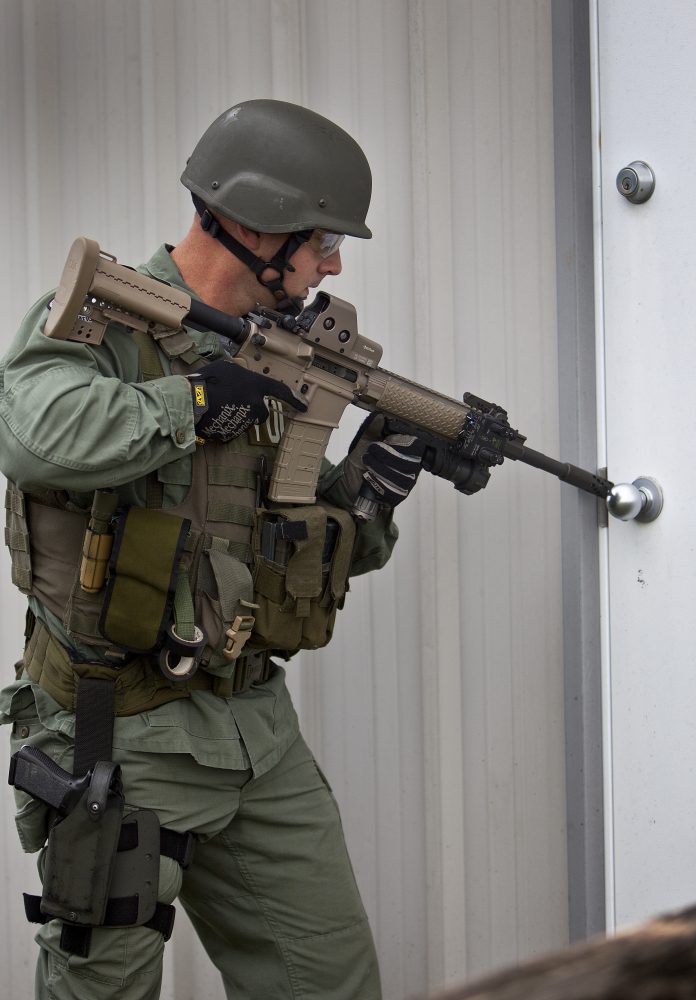
The .50 Beowulf delivered good accuracy at 50 meters and devastated the test concrete blocks with single shots. Recoil was about equivalent to a 20-gauge shotgun and was easily manageable. I had several police officers fire the .50 Beowulf and all found it to be easy to handle and pleasant to shoot. The single-stage trigger broke cleanly at an average of six pounds with a bit of creep; in other words, typical AR.
Although the test carbine was equipped with a 16-inch barrel and muzzle brake, muzzle blast was less than expected. As mentioned, accuracy was very good and while the .50 Beowulf is not a match rifle, it is not intended to be. It is essentially a weapon for CQB work and as such, it excels.
During testing I did not experience a single stoppage of any kind using standard M16 magazines from various sources. The .50 Beowulf functioned perfectly with polymer, steel and aluminum mags, whether they were of the 20- or 30-round types.
SUMMING UP
The .50 Beowulf offers users of M16 rifles or M4 carbines the capability to quickly change from 5.56mm NATO to a large-caliber powerful rifle or carbine that can be created by simply adding an upper receiver to an existing lower. If my experience is any indication, the .50 Beowulf should prove to be reliable and will be a valuable supplement to any agency that requires a large-caliber rifle capable of taking down doors, immobilizing vehicles or shooting through barriers, while maintaining 5.56mm weapons for situations that do not demand the power or penetration of the heavy .50 Beowulf bullets.
I know of no other rifle that combines light weight, excellent handling, reliability, mild recoil and the terminal ballistics of the .50 Beowulf. About the only disadvantage of the .50 Beowulf is that the ammunition is currently available only from Alexander Arms. If the .50 Beowulf becomes more popular, ammunition manufacturers will likely begin producing cartridges.
SOURCES:
Alexander Arms, LLC
Dept. S.W.A.T.
U.S. Army Radford Arsenal
P.O. Box 1
Radford, VA 24143
(540) 639-8356
www.alexanderarms.com
DPMS, Inc.
Dept. S.W.A.T.
3312 21st Street, SE
St Cloud, MN 56304
(320) 258-4448
www.dpmsinc.com
EOTech
Dept. S.W.A.T.
3600 Green Court, Suite 400
Ann Arbor, MI 48105
(734) 741-8868
www.EOTech-inc.com
Laser Devices
Dept. S.W.A.T.
2 Harris Court, A4
Monterey, CA 93940
(831) 373-0701
www.laserdevices.com
SureFire, Inc.
Dept. S.W.A.T.
18300 Mount Baldy Circle
Fountain Valley, CA 92708
(714) 545-9444
www.surefire.com
Vltor
Dept. S.W.A.T.
3735 N Romero Rd.
Tucson, AZ 85705
(520) 408-1944
www.vltor.com


